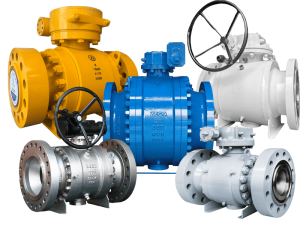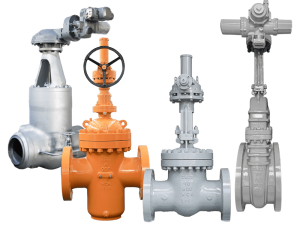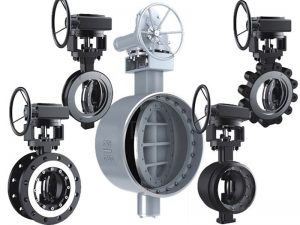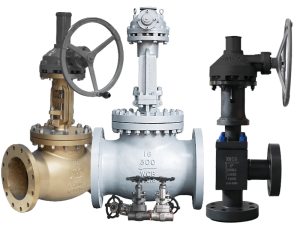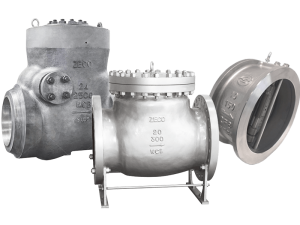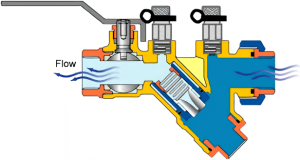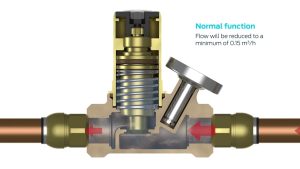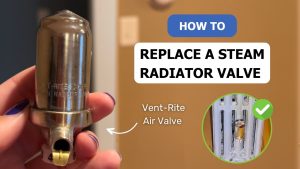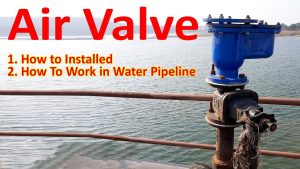Cuando se trata de gestionar el flujo de fluidos en entornos industriales o comerciales, las válvulas desempeñan un papel crucial. Y dos de los tipos más comunes de válvulas son las válvulas de obturador y las válvulas de cierre. válvulas de compuerta.
Pero, ¿cómo saber cuál utilizar para su aplicación específica?
En esta completa guía, compararemos las válvulas de macho y las válvulas de compuerta para ayudarle a tomar la decisión correcta. Cubriré todos los aspectos, desde el diseño y el funcionamiento hasta los factores de rendimiento, las aplicaciones y el mantenimiento.
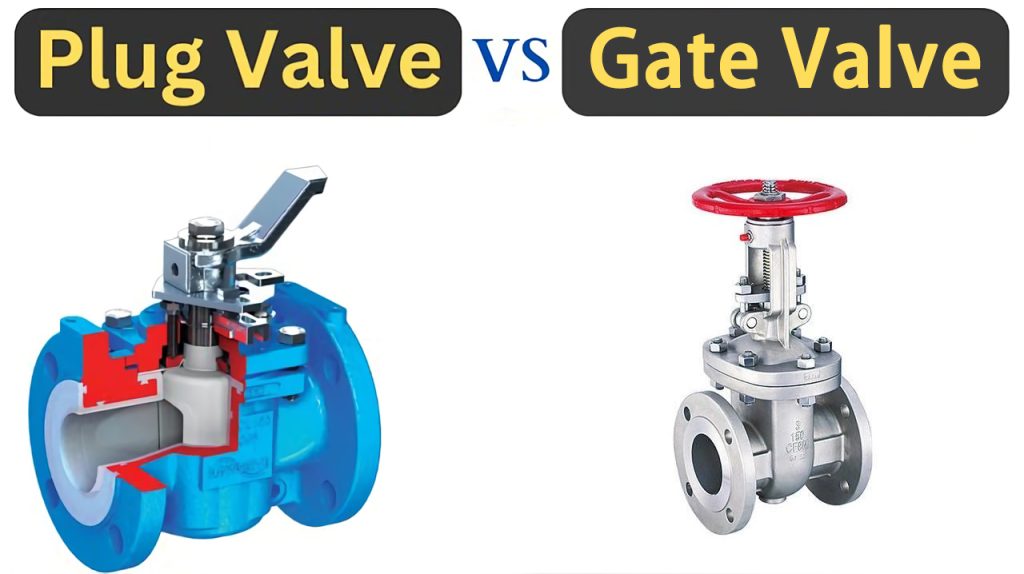
Índice
- ¿En qué se diferencian las válvulas de macho y las de compuerta?
- ¿En qué se diferencian su funcionamiento y rendimiento?
- ¿Qué aplicaciones son más adecuadas para las válvulas de macho o de compuerta?
- ¿Cómo se comparan la instalación y el mantenimiento?
- Conclusión: Cómo elegir la mejor válvula para su aplicación
¿En qué se diferencian las válvulas de macho y las de compuerta?
La principal diferencia entre estos dos tipos de válvulas radica en su mecanismo interno y en cómo regulan el flujo de fluidos.
Diseño de válvulas de macho
Como su nombre indica, una válvula de obturador utiliza un obturador cilíndrico o cónico con un paso perforado que atraviesa el centro. Al girar este obturador 90 grados, se puede alinear o desplazar el paso con los puertos de entrada y salida.
Cuando están abiertos, los orificios se conectan a través del tapón perforado, permitiendo el paso del fluido. Cuando está cerrado, el tapón bloquea los puertos, deteniendo el flujo.
Las válvulas de macho pueden ser lubricadas o no lubricadas. Las válvulas de macho lubricadas funcionan bien con líquidos a alta temperatura, como aceites. Las válvulas no lubricadas tienen un revestimiento de manguito para su uso con fluidos a temperaturas más bajas.
Diseño de válvulas de compuerta
El funcionamiento de las válvulas de compuerta es muy diferente. En lugar de un obturador giratorio perforado, utilizan una compuerta sólida que se desliza perpendicularmente a la trayectoria del caudal.
Para abrir y cerrar la válvula, hay que subir y bajar la compuerta. Cuando está abierta, la compuerta se levanta del paso del caudal, dejando una abertura sin restricciones para el fluido. Al cerrar la válvula, la compuerta desciende para bloquear el flujo.
La mayoría de las válvulas de compuerta tienen vástagos ascendentes, lo que significa que el vástago sale del capó al abrir la válvula. Esto proporciona un indicador visual de estado. Los modelos sin vástago ascendente mantienen el vástago dentro, ahorrando espacio pero perdiendo el indicador.
¿En qué se diferencian su funcionamiento y rendimiento?
Más allá del diseño del núcleo, las válvulas de obturador y las válvulas de compuerta difieren en varios factores de rendimiento y funcionamiento.
Comparación de operaciones
Una diferencia importante es la velocidad de funcionamiento. Las válvulas de macho sólo necesitan un giro de 90 grados para abrirse o cerrarse por completo. Esto las hace más rápidas para aplicaciones que necesitan un control rápido de encendido y apagado.
Las válvulas de compuerta utilizan vástagos multivuelta, que necesitan varias vueltas completas para subir o bajar la compuerta. Esta acción más lenta puede ayudar a evitar los golpes de ariete en algunos sistemas. Pero hace que las válvulas de compuerta sean poco prácticas para necesidades de aislamiento rápido.
Ambos tipos de válvulas pueden funcionar con mandos manuales, engranajes o actuadores. Por tanto, las capacidades de automatización son similares.
Factores de rendimiento
Las válvulas de obturador y de compuerta también difieren en varias áreas de rendimiento:
- Manipulación de la presión - Las válvulas de compuerta se adaptan a presiones más altas, mientras que las válvulas de obturador destacan a presiones más bajas.
- Temperatura - En la mayoría de los casos, las temperaturas máximas son más elevadas en las válvulas de compuerta.
- Control de flujo - Las válvulas de tapón permiten estrangular el caudal. Las válvulas de compuerta funcionan mejor totalmente abiertas o cerradas.
- Tipos de fluidos - Las válvulas de macho son adecuadas para líquidos, gases y lodos. Las válvulas de compuerta funcionan mejor con fluidos limpios.
En posición totalmente abierta, las válvulas de compuerta son de paso total, lo que significa que ofrecen muy poca restricción de caudal o pérdida de carga. Las válvulas de obturador suelen tener algo más de pérdida a través de sus pasos perforados.
¿Qué aplicaciones son más adecuadas para las válvulas de macho o de compuerta?
Al conocer sus diferencias de diseño y rendimiento, podemos adaptar mejor estas válvulas a las aplicaciones adecuadas.
Aplicaciones de válvulas de macho
Las válvulas de tapón funcionan bien para:
- Aplicaciones de encendido/apagado que necesitan un aislamiento rápido
- Control de flujo de estrangulamiento
- Sistemas de baja presión
- Fluidos y lodos corrosivos o abrasivos
- Ciclismo frecuente
Se adaptan a los sistemas de tratamiento de aguas, procesamiento químico, productos farmacéuticos y fabricación industrial que cumplen estos criterios.
Aplicaciones de las válvulas de compuerta
Las válvulas de compuerta son muy adecuadas para:
- Aislamiento de líneas de alta presión
- Caída de presión mínima
- Gran capacidad de caudal
- Ciclismo poco frecuente
- Fluidos limpios como gases y agua
Las aplicaciones típicas de las válvulas de compuerta incluyen líneas de vapor, procesamiento de hidrocarburos, sistemas de extinción de incendios y distribución de agua.
¿Cómo se comparan la instalación y el mantenimiento?
Ambas variedades de válvulas tienen algunas consideraciones únicas de instalación y mantenimiento.
Factores de instalación
Las válvulas de macho suelen ser más compactas que las de compuerta. Así que Las válvulas de macho se adaptan a aplicaciones en las que el espacio es limitado.
Sin embargo, hay que tener en cuenta el radio de giro de la palanca. Las válvulas de compuerta necesitan más espacio superior en los modelos de vástago ascendente.
Consideraciones sobre el mantenimiento
Las válvulas de macho tienen más componentes internos expuestos al flujo de fluido. Por eso suelen necesitar inspección y lubricación más frecuentes para evitar que se pegue y garantizar un buen sellado.
Las válvulas de compuerta tienen menos piezas en contacto con el fluido y su diseño "on/off" limita el desgaste. Por lo tanto, suelen ofrecer una buena vida útil con menos mantenimiento rutinario. Sin embargo, descuidar las inspecciones ocasionales puede ocasionar problemas con el tiempo.
Conclusión: Cómo elegir la mejor válvula para su aplicación
Como puede ver, las válvulas de obturador y las válvulas de compuerta tienen diseños claramente diferentes adaptados a determinados requisitos de instalación, condiciones del sistema y preferencias de funcionamiento.
Para tareas de conexión/desconexión rápidas por debajo de 1.000 psi, las válvulas de macho suelen funcionar de forma fiable con un control suave de la estrangulación. Las válvulas de compuerta soportan presiones más altas, pero son más lentas para las tareas de aislamiento. También hay ventajas y desventajas en cuanto al mantenimiento.
Si conoce estas características de la válvula, junto con las necesidades de su sistema específico, podrá seleccionar la mejor opción con confianza. De este modo, obtendrá una válvula que ofrezca la seguridad, el rendimiento y la vida útil que requiere su aplicación.
La elección de la válvula correcta es un componente crítico para el funcionamiento eficaz del sistema. Tómese el tiempo necesario para comparar las válvulas de compuerta y las de obturador. El esfuerzo merece la pena durante años de funcionamiento sin problemas.

